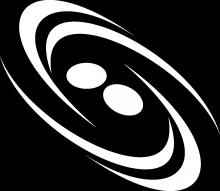
Abstract
As the ground-based gravitational-wave telescopes LIGO, Virgo and GEO 600 approach the era of first detections, we review the current knowledge of the coalescence rates and the mass and spin distributions of merging neutron-star and black-hole binaries. We emphasize the bi-directional connection between gravitational-wave astronomy and conventional astrophysics. Astrophysical input will make possible informed decisions about optimal detector configurations and search techniques. Meanwhile, rate upper limits, detected merger rates and the distribution of masses and spins measured by gravitational-wave searches will constrain astrophysical parameters through comparisons with astrophysical models. Future developments necessary to the success of gravitational-wave astronomy are discussed.